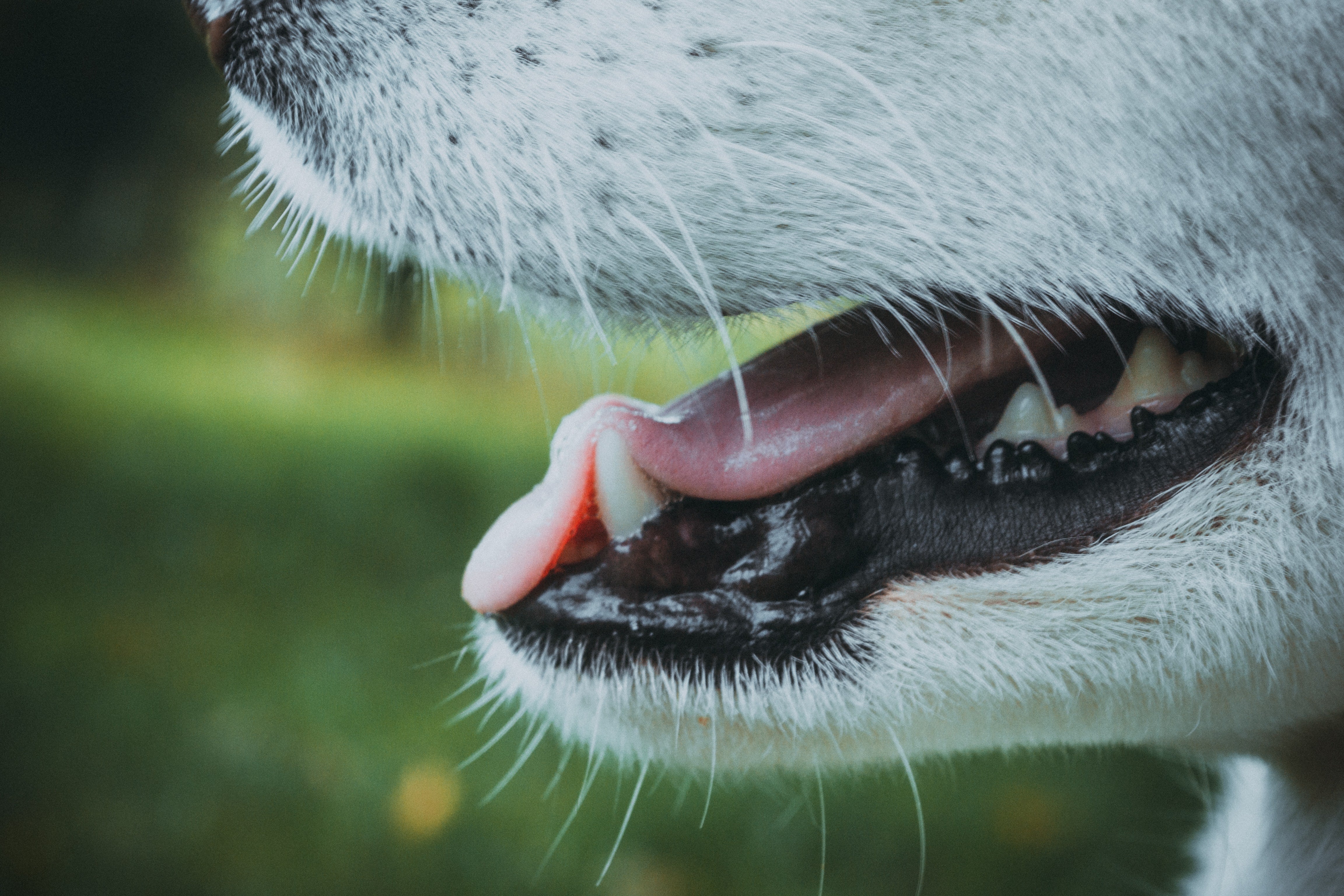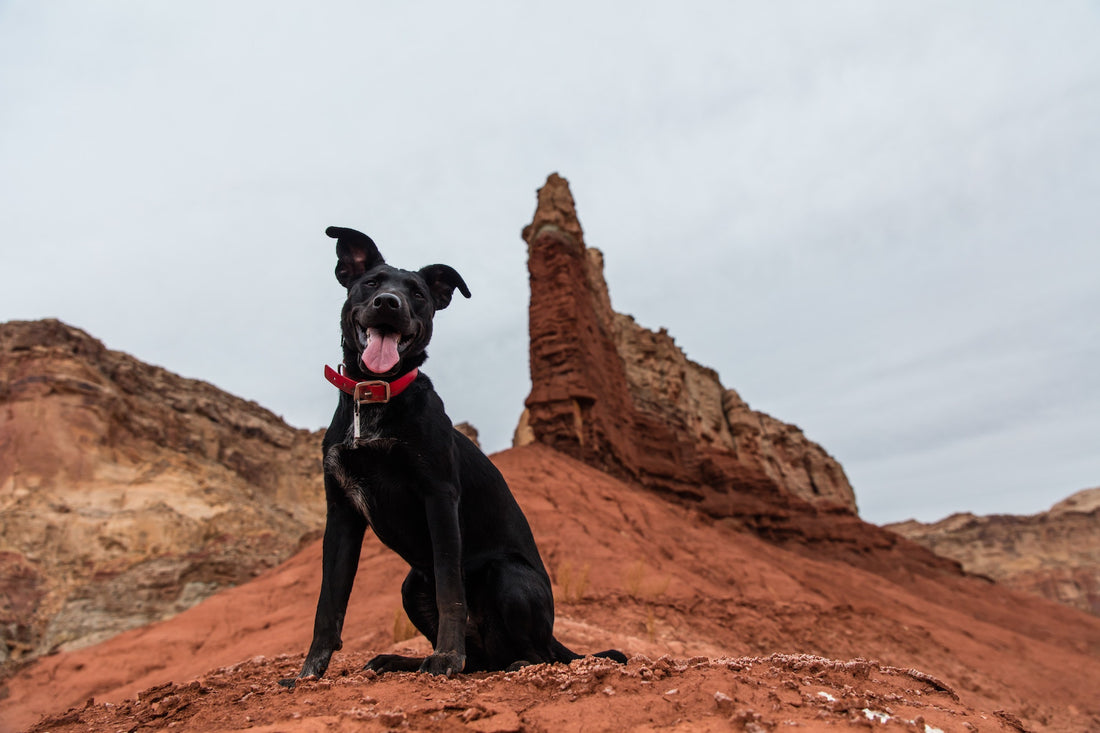Did you know that dogs are more sensitive to heat than we are?
Unlike humans, dogs only have a few sweat glands located in their paw pads and around their nose, making panting their primary means of expelling heat.
Although dogs can develop heat stroke at any time of the year, when temps soar in the summer, the danger increases significantly.
What is Heat Stroke?
Heat stroke is the most dangerous level of Hyperthermia. The opposite of Hypothermia, where body temperature drops to a dangerous low, Hyperthermia occurs when a dog’s temperature goes too high, and they are unable to regulate their body heat, which in dogs is anything above 103 Fahrenheit. When this happens, they become unable to regulate their body heat. When the condition is mild, it is referred to as “Heat Stress”, something that can be treated at home, but if it is more serious, it is often called “Heat Exhaustion”, the most severe of which is “Heat Stroke”, an extremely dangerous condition that if not treated immediately is life threatening and can cause seizures, brain damage, organ failure, and death.
A dog’s normal temperature is around 101.5 degrees. When it rises to 103 and above, there will be signs to look for. Knowing how to recognize, treat, and prevent heat related conditions is important for all dog owners.

Signs and Levels of Hyperthermia in Dogs:
Heat Stress:
Being the less serious of the 3 levels of Hyperthermia, signs of heat stress include:
- Excessive panting and trouble breathing
- Dry Hot Nose - Dog’s noses should be cool and wet
- Dehydration
- Not going pee - A lack of urine production is a big sign of dehydration.
- Raised temperature
Heat Exhaustion:
Signs of heat exhaustion in dogs includes all the signs of heat stress, in addition to:
- Increased heart rate
- Excessive drooling
- Change in gum color - Red, white/pale, or purple/blue
- Confusion and/or disorientation
- Fatigue and/or weakness
- Restlessness and/or agitation
Heat Stroke:
If symptoms have not been addressed, a dog may develop heat stroke rapidly, and can quickly die without immediate treatment.
Signs will progress from those listed above, and may also include:
- High fever
- Vomiting and diarrhea
- Stumbling, confusion, and collapsing
- Muscle tremors and seizures
- Unconsciousness

Why Are Some Dogs More Prone To Heat Stroke?
For a variety of reasons, some dogs are less tolerant of heat.
Age
You may notice your older dog has begun to slow down a bit, and this may be more evident in the heat. In addition, puppies are also more susceptible to heat related conditions than middle aged dogs.
Health
Dogs with health conditions, including respiratory, neurological and heart related diseases, as well as those on medications that are known to cause heat intolerance, will have a more difficult time when the temps spike.
Breed
Large dog breeds, those with thick or long coats, and especially breeds with short snouts that cause breathing difficulties, are all more at risk for developing heat stroke.
Weight
Overweight/obese dogs will feel the effects of the heat much more than those who are at a healthy weight.
How Should I Treat Heat Stroke in My Dog?
- Immediately remove your dog from the hot environment.
- Use cool, but NOT cold water to gradually cool their body. A drastic change in their temperature is dangerous.
- If possible, get them into air conditioning, and/or put a fan on them.
- Offer fresh cool (not cold) drinking water.
- ASAP, get them to a vet for medical attention. Even if you think your dog is recovering, they could be in shock, and without a proper assessment, could still suffer organ damage resulting in death.

How Can I Prevent Heat Stroke in My Dog?
Assessing your dog and knowing their limitations is essential.
- NEVER LEAVE YOUR DOG ALONE IN A CAR for any length of time, even on mildly warm days with the windows open. Heat trapped in a car can quickly raise the temp to a dangerous level.
- Don’t exercise your dog on hot or humid days, and if you do, head out early in the morning or later in the evening.
- Keep walks shorter, and/or slow down the pace.
- If your dog will be locked inside for any length of time on very hot days, be sure to have air conditioning or some way to allow air flow to keep the temp from rising too high.
- Provide lots of fresh clean water and offer it in several places to encourage hydration.
- Never leave your dog outside for any length of time on hot days. Just as your dog should not be out in very cold temps, it can be equally dangerous to leave them out in very hot weather.
HAVE FUN IN THE SUN SAFELY!
Take the necessary precautions in hot weather to prevent your dog from suffering heat stroke, and know the signs, and what to do if a heat related condition does occur. It could save your dog’s life!

Every Sale Supports a Shelter Pet. Learn More.




